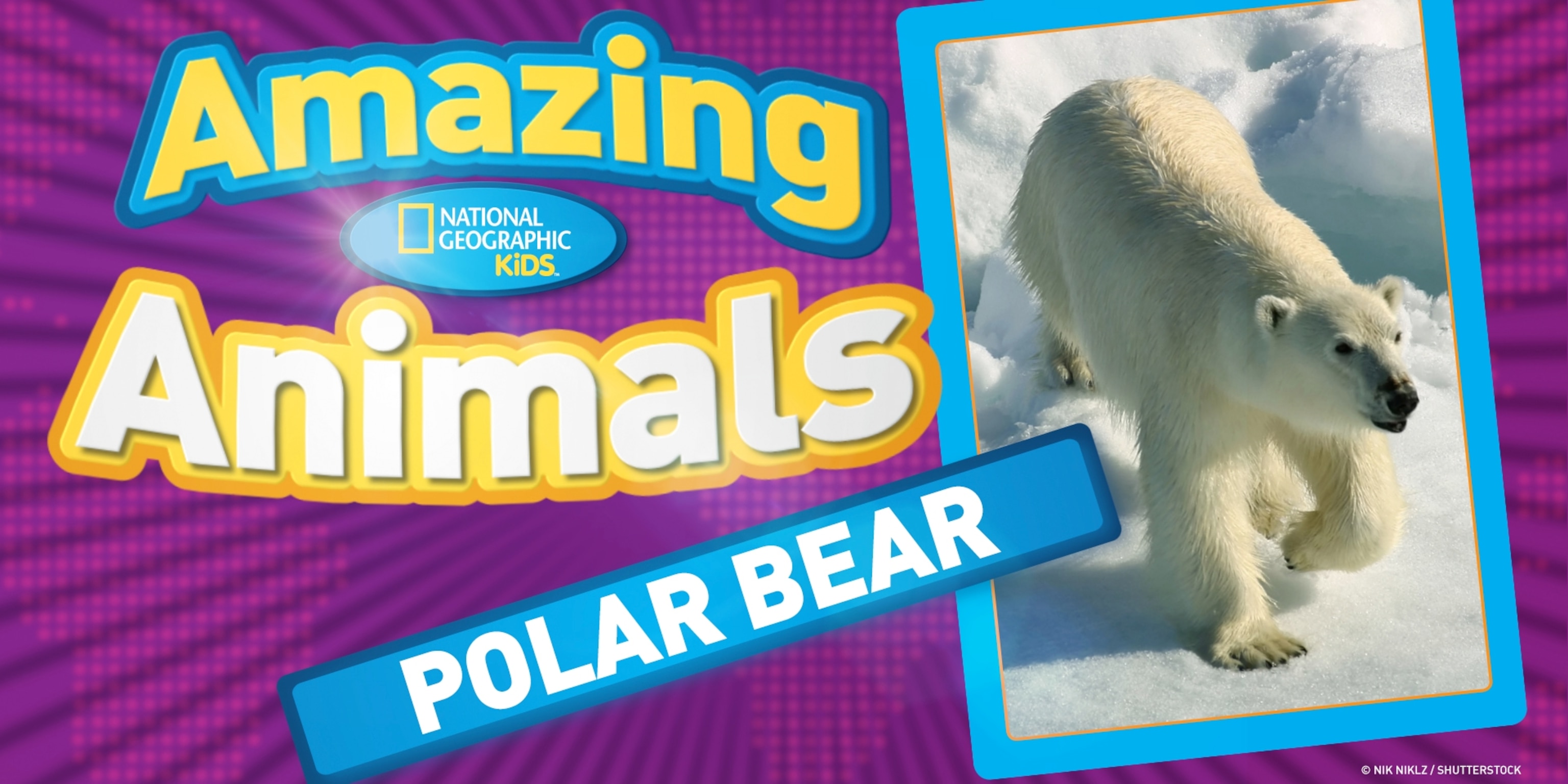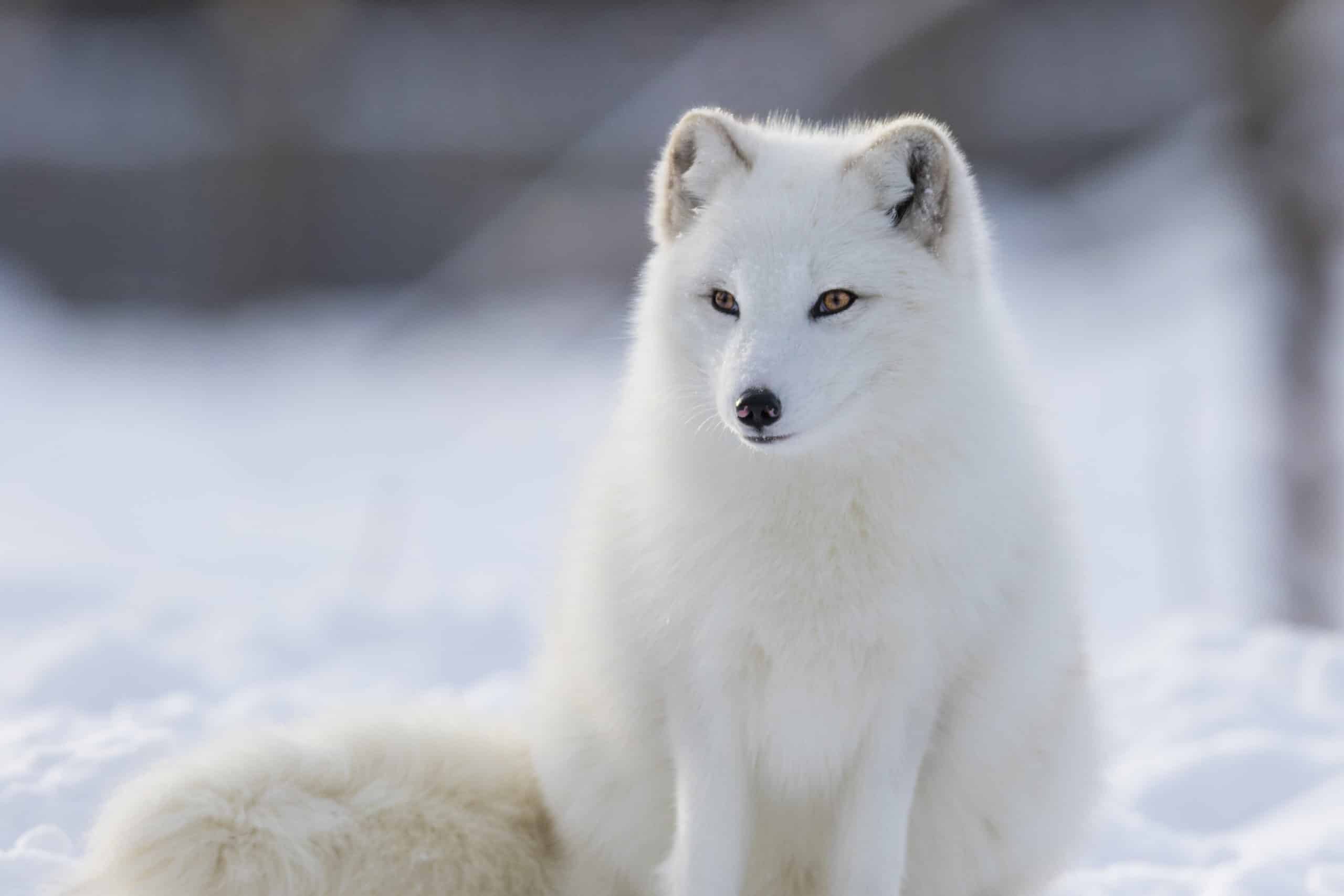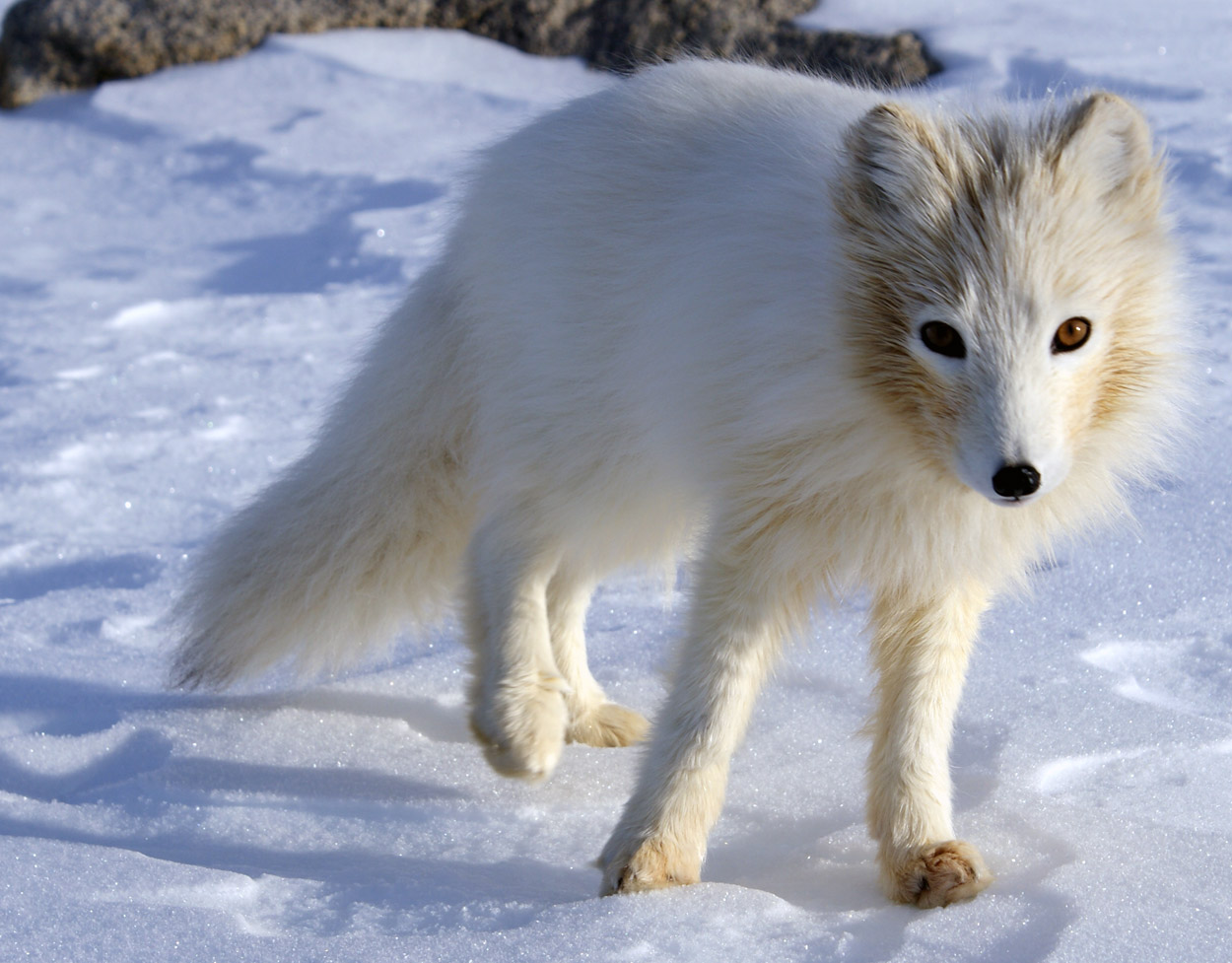Arctic Animals Facts Ks1

Arctic Animals List.
Arctic animals facts ks1. Animals that live in the Arctic include. What does Arctic Fox Eat. Watch the clip again and ask each group to focus on their allocated animal and remember at least three facts that they.
This free printable Arctic Animal Facts pack is most suitable for Early Elementary grades 1-3 in the United States or KS1 Key Stage one in the UK and comes with facts about these fascinating creatures for young readers along with beautiful color photography. Polar bears live in the Arctic which is near the North Pole. You can read about life on Antarctica here.
Children will have the chance to think about Arctic conditions in the summer and winter and the impact the temperature has on sea ice. Walruses and humpback whales live in the Arctic ocean. In winter when more of the ocean freezes over and thick snow covers the land animals and plants have adapted to keep warm and survive.
Arctic woolly bear moth beluga whale greenland shark orca bearded seal walrus ribbon seal Seals are gregarious animals that live in groups and feed on fish and molluscs. Animals as large as whales and polar bears come to feed on them. Polar bears and arctic foxes are adapted to the extreme weather of the Arctic region.
Arctic Wolves are carnivores meaning they eat meat. These include mites tiny crustaceans springtails small insect-like creatures midges and other insects. Polar Bears Arctic Foxes Musk Oxen Arctic Terns Gyrfalcons and Puffins.
KS1 Plants and Animals in the local environment Another type of habitat to compare with the local habitat. The Arctic is located at the northernmost part of our planet. The arctic has many large land animals including reindeer musk ox lemmings arctic hares arctic terns snowy owls squirrels arctic fox and polar bears.



















